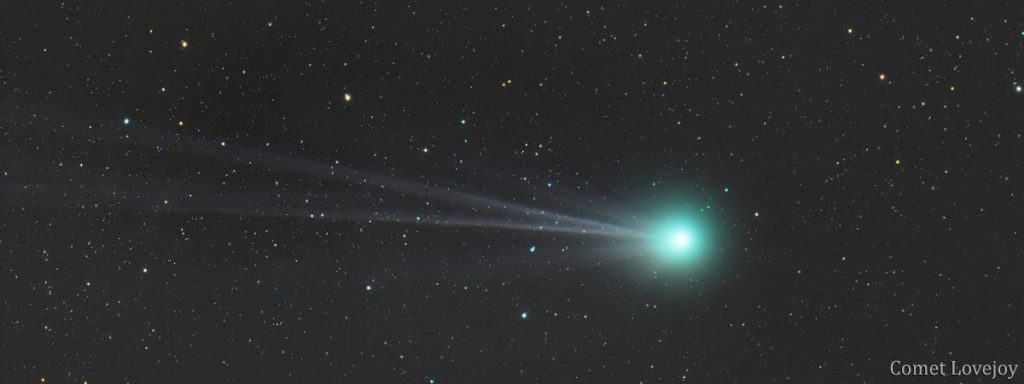
I’m Wayne and this is my personal image photo gallery and site to publish my planetary astrophotos. I’ve been taking images of the major planets and moon since 1994, when I was looking for ways to capture the epic event when Comet Shoemaker-Levy 9 collided with Jupiter. Back then, the best option I could manage was the remove the sensor from a “Connectix Quickcam” that I found at Sam’s Club for $99. It was the same sensor used in the basic SBIG guider/imager and had a parallel port interface with a Macintosh that allowed me to capture about 12 frames per minute. Since it was monochrome, color imaging wasn’t very successful due to the long time it took to change filters manually, and the fact that there were no commonly available dichroic filters. Gas-Hypered film was the “state of the art” on long exposure photography.

The technology has changed a lot of the years, which has made it exciting to take advantage of it in getting higher and higher resolution images from amateur telescopes across the world, and seeing the amateur community grow into a formidable ally to professional science in studying the solar system.
Clear Skies!
Wayne
Here is a list of my scientific publications related to planetary astronomy.
[1]Sanchez-Lavega, A., “High altitude plumes at Mars morning terminator”, 2015.
[2]Sánchez-Lavega, A., “An extremely high-altitude plume seen at Mars’ morning terminator”, Nature, vol. 518, no. 7540, pp. 525–528, 2015. doi:10.1038/nature14162.
[3]Sanchez-Lavega, A., “An extremely high altitude plume seen at Mars morning terminator”, vol. 46, 2014.
[4]Venable, R., Jaeschke, W., Phillips, J., and Miyazaki, I., “High Clouds at the Sunrise Terminator of Mars – Revisited”, Journal of the Association of Lunar and Planetary Observers, the Strolling Astronomer, vol. 56, no. 4, pp. 32–45, 2014.
[5]Yanamandra-Fisher, P. A., “Partnerships between Professional and Amateur Astronomers: A Shift in Research Paradigm”, vol. 44, 2012.
[6]Jaeschke, W., “Storm on Saturn”, Sky and Telescope, vol. 121, no. 6, p. 77, 2011.